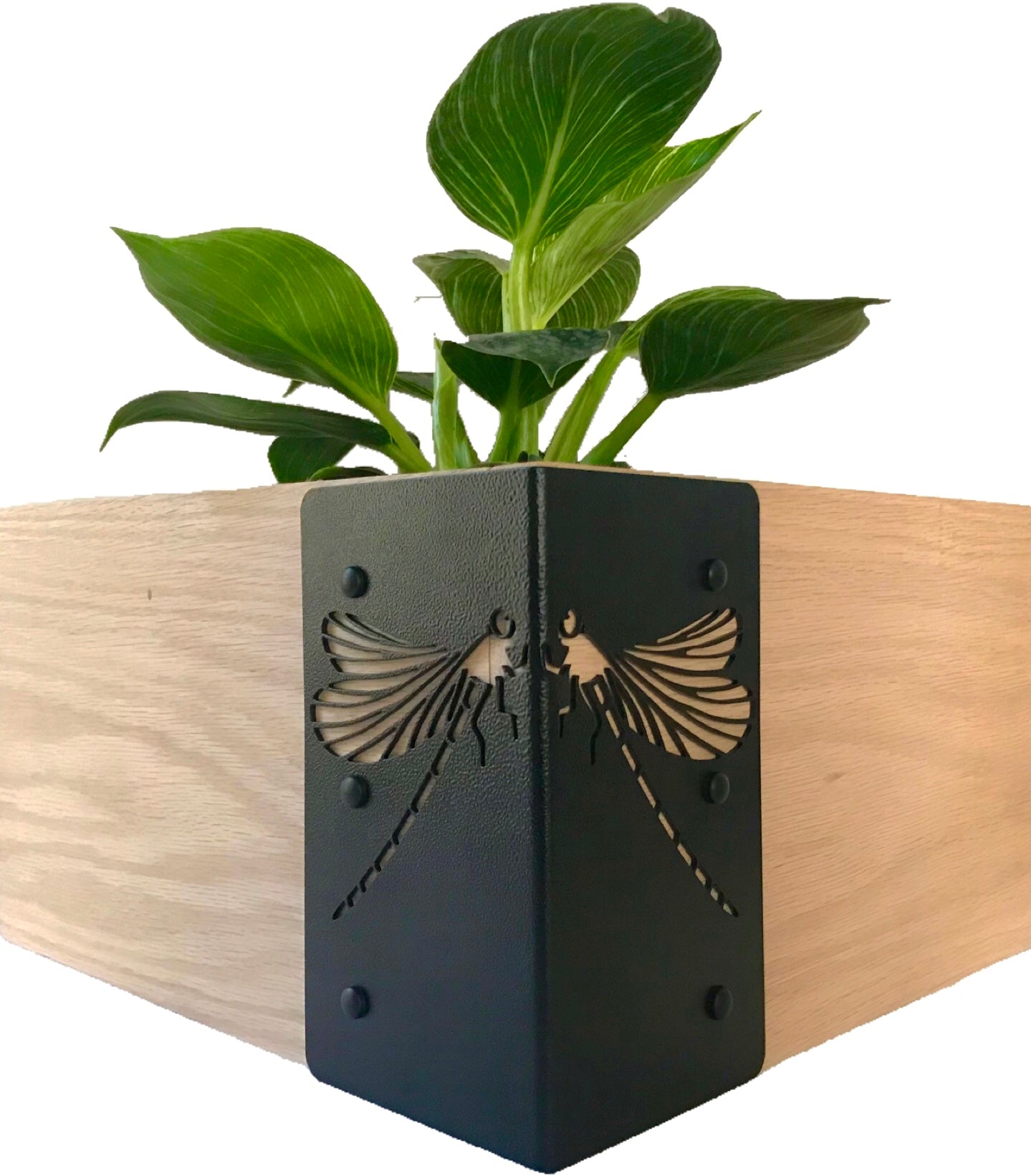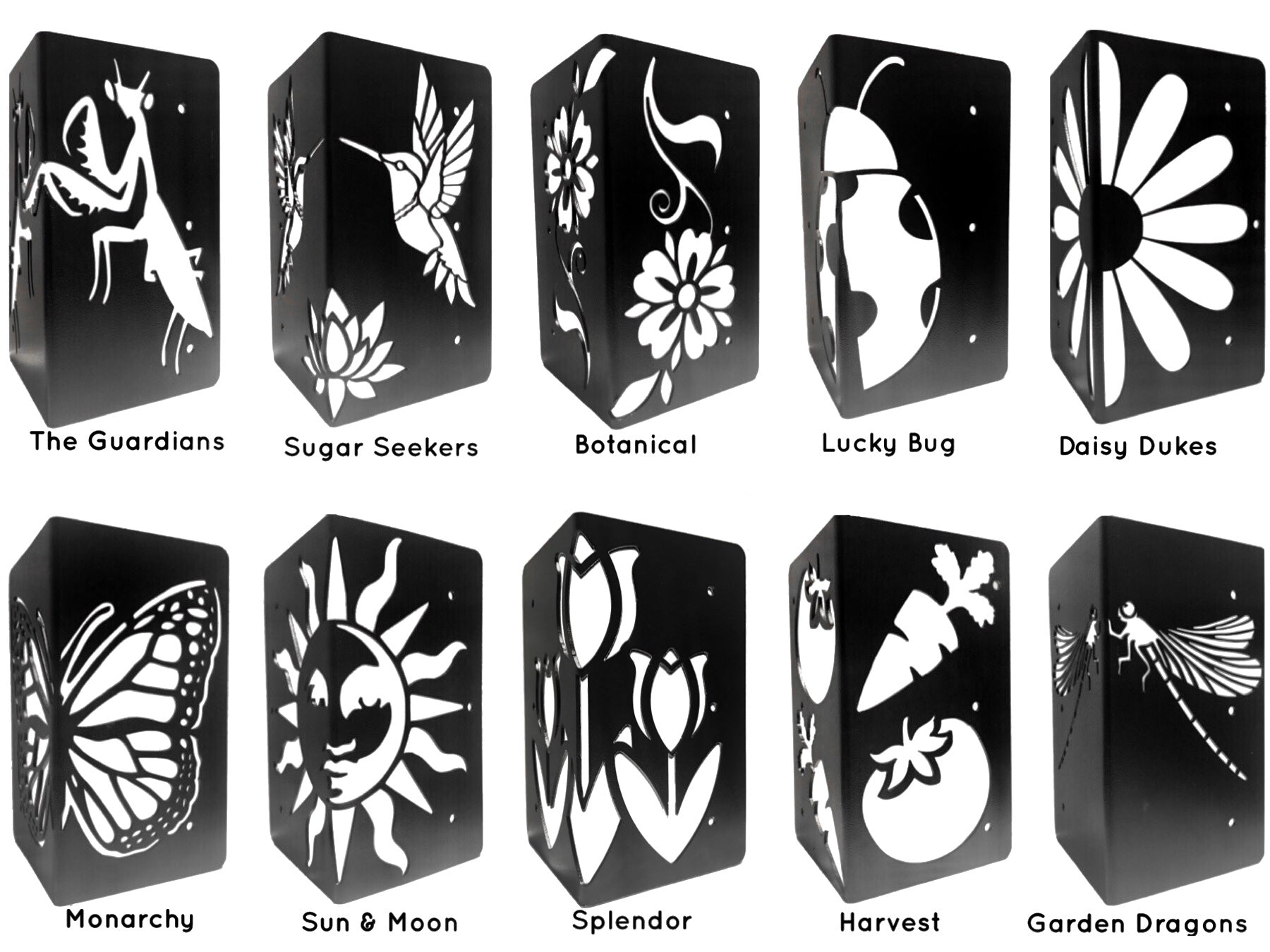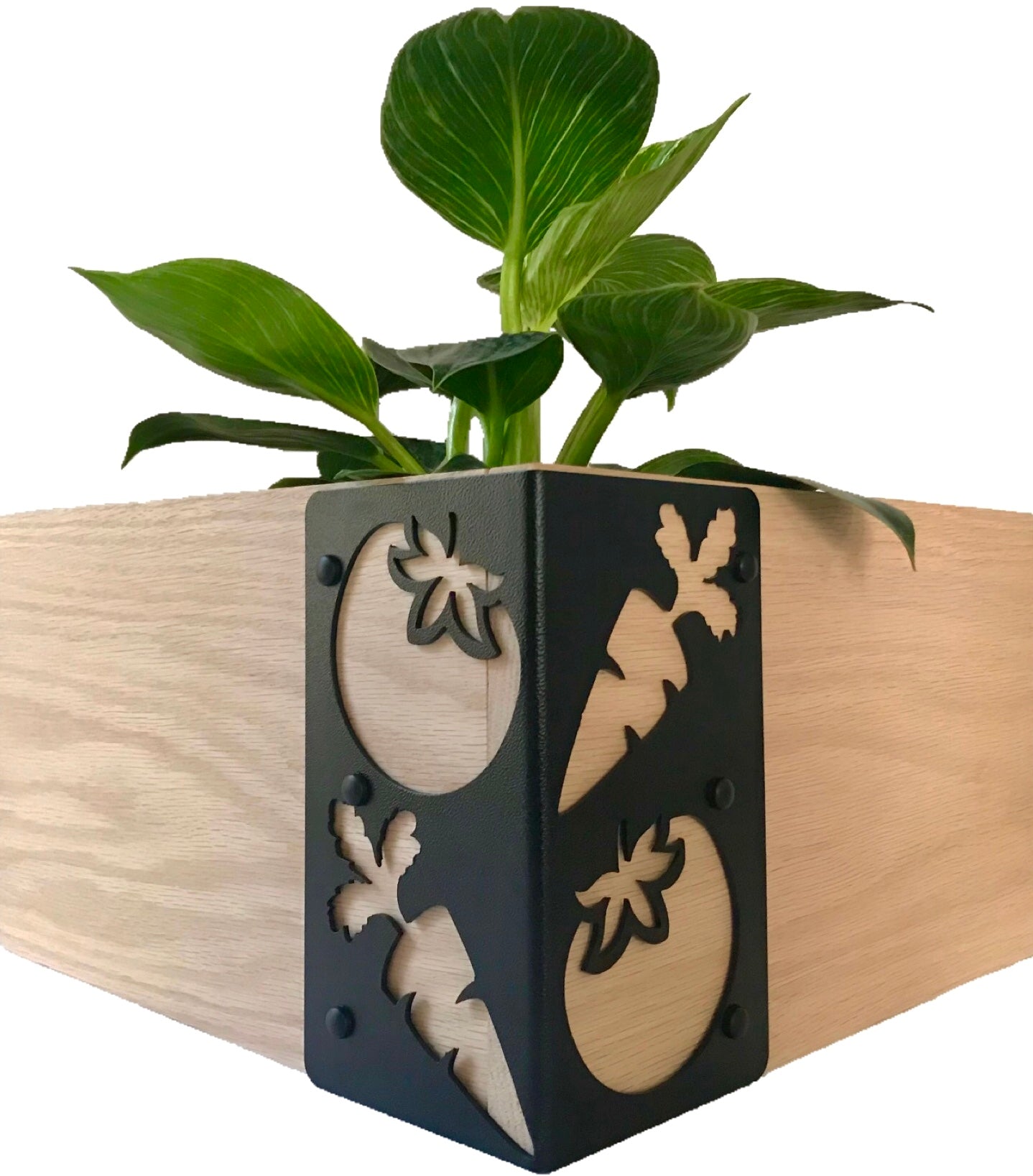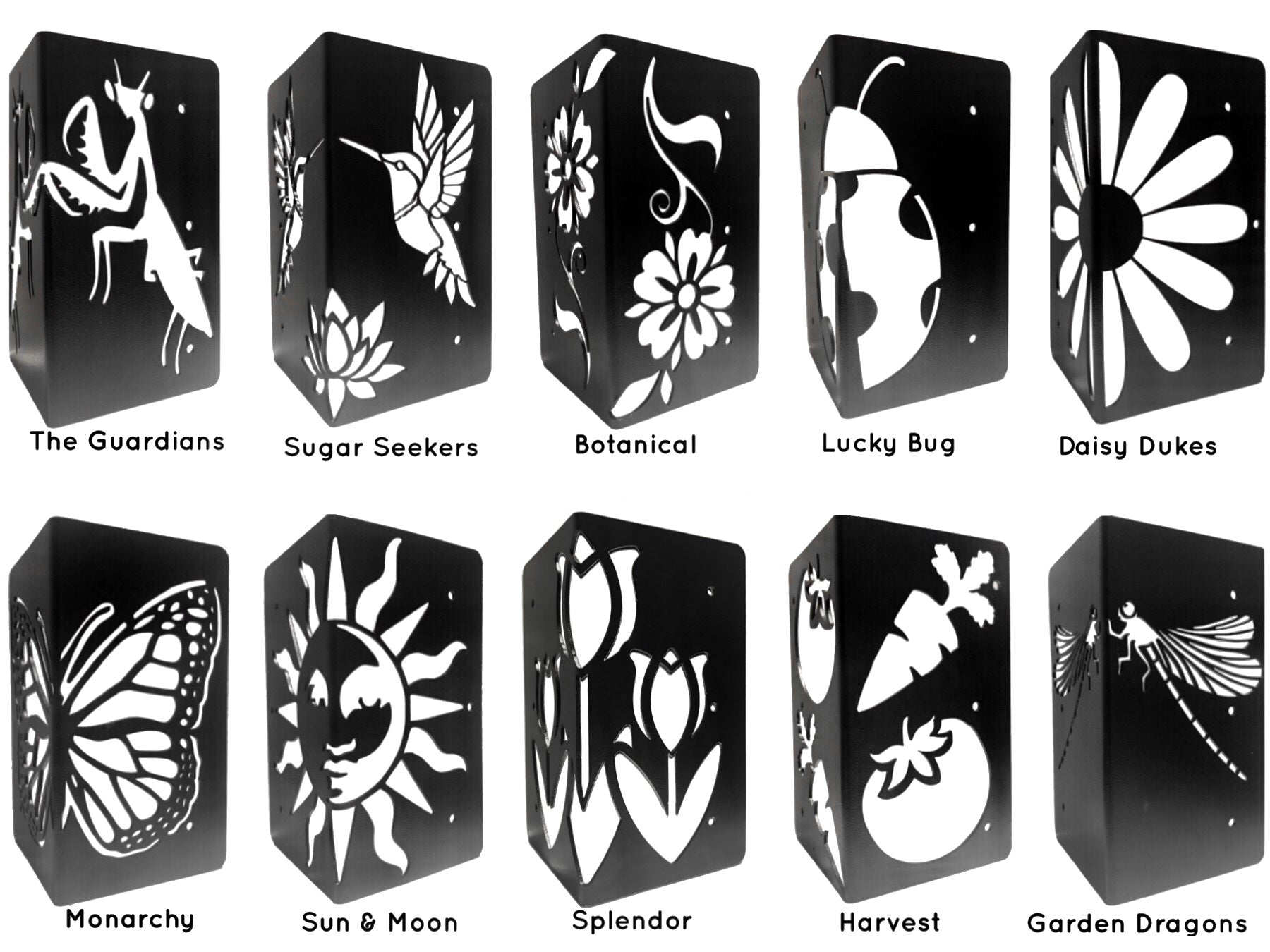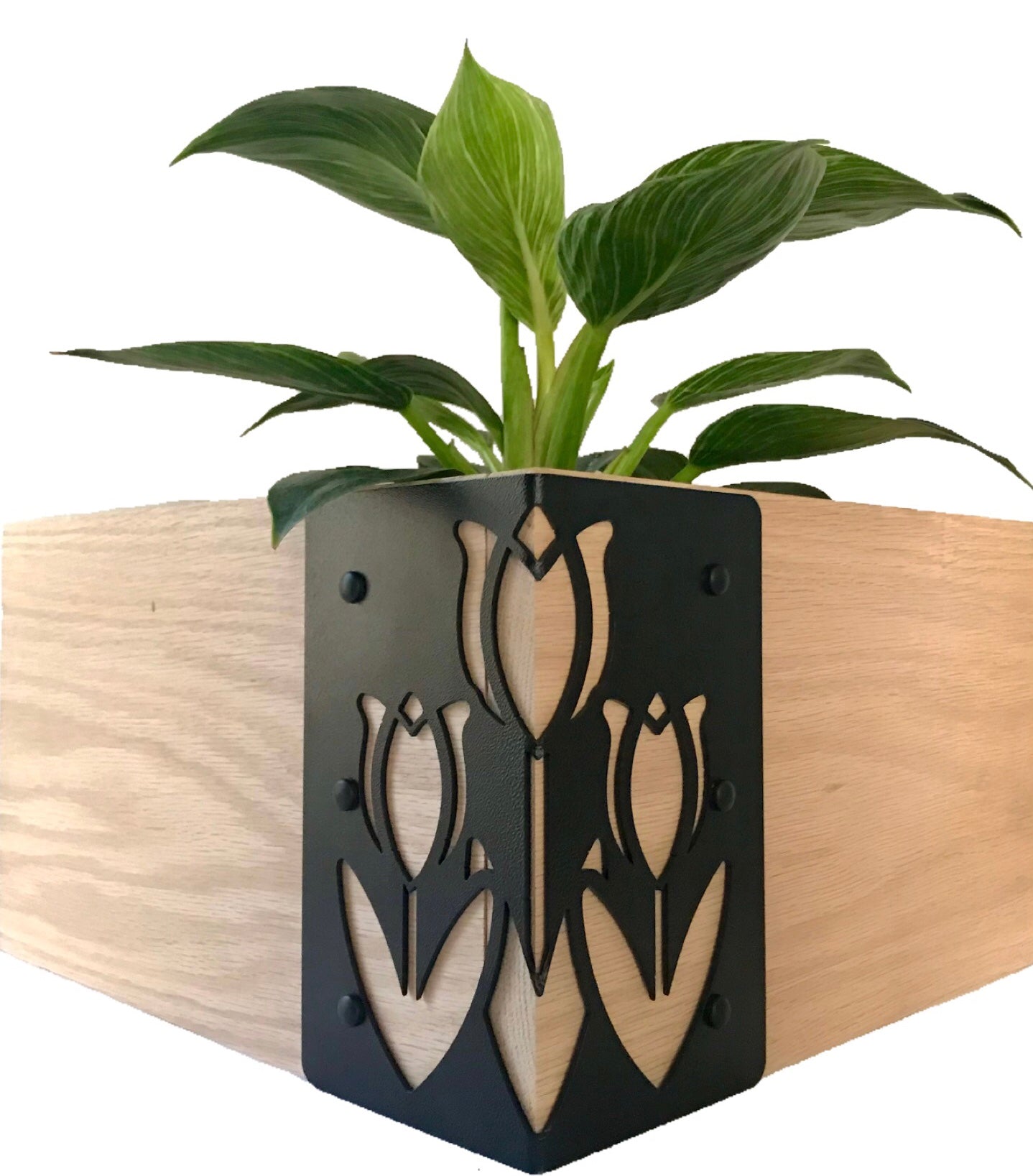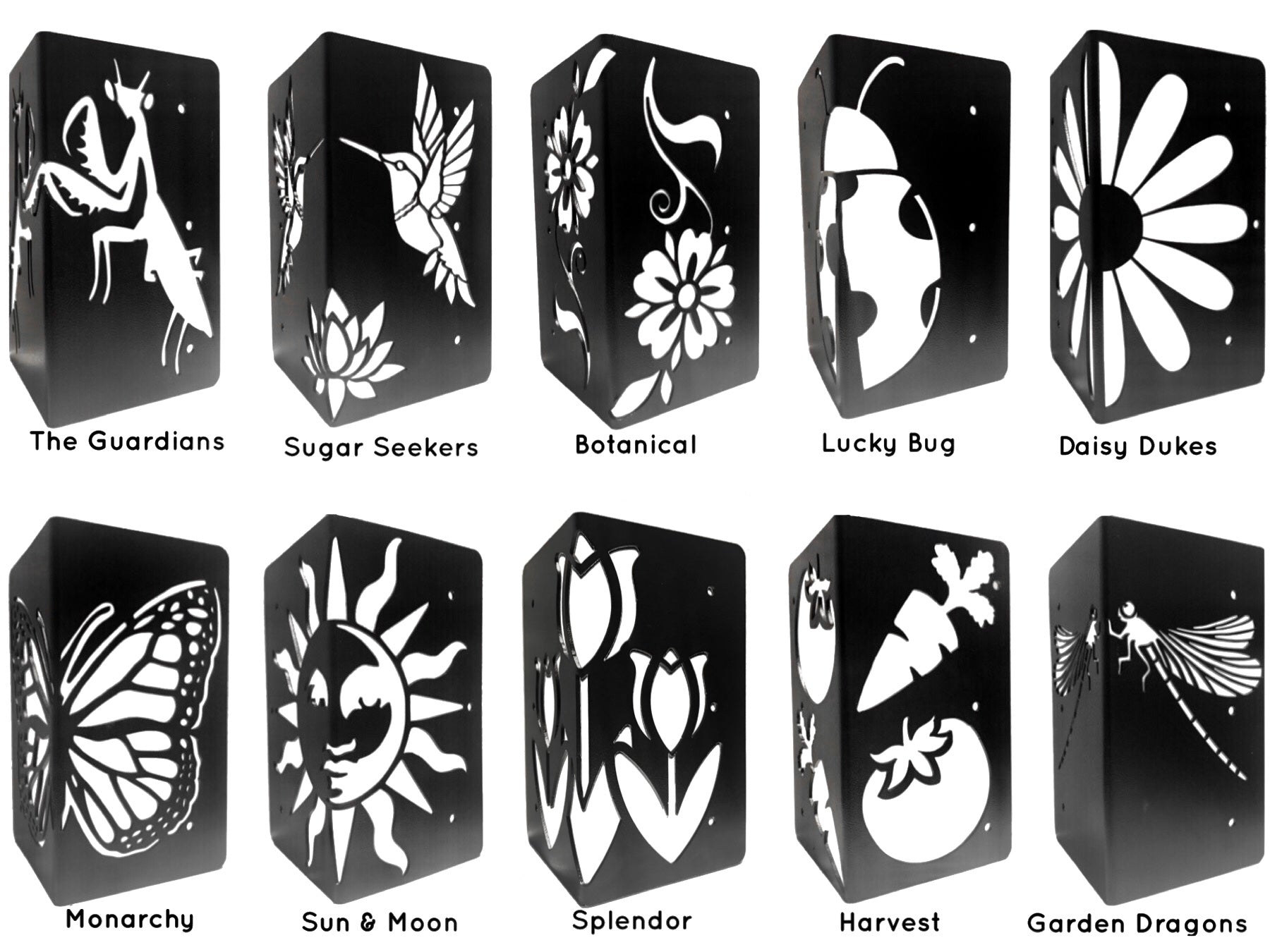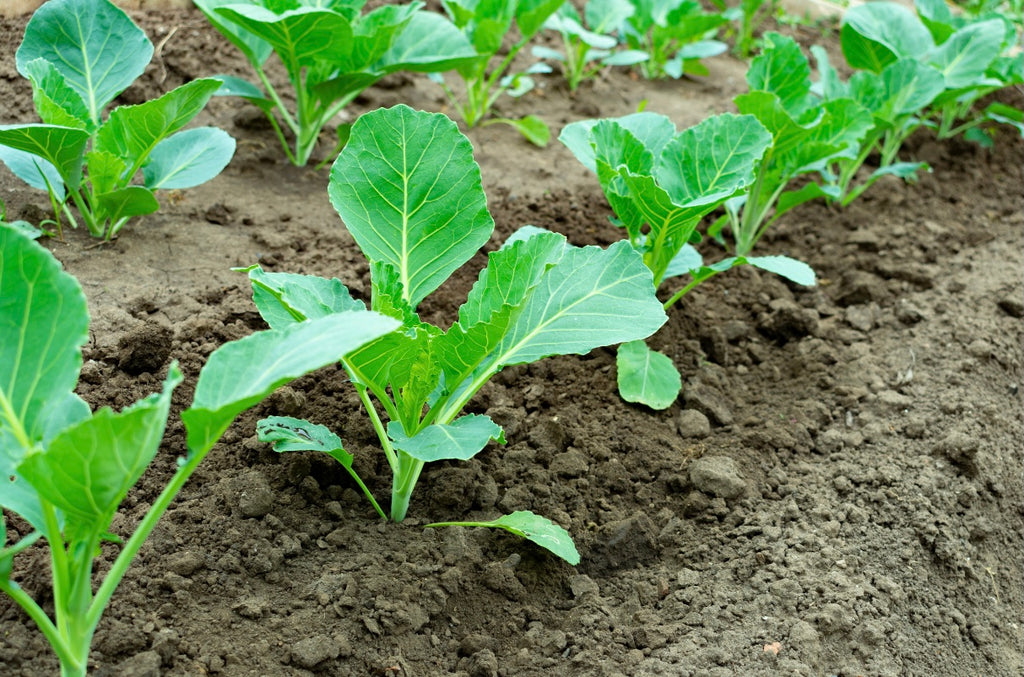
How many plants fill a raised bed?

Row spacing between plants is created to give you a walking path, but you don’t need to walk with a raised garden bed. The purpose of growing your vegetables in a raised garden bed is to condense your growing space to the point that you can reach all plants easily without having to step into the growing space. That’s why a raised garden bed always has a dimension of 4 feet or less. The reason for having these dimensions in a raised bed is that the arm of an average person can reach at least 2 feet. So when you see a raised garden bed that’s 4 feet wide, you’ll know that a grower can always reach the center of their growing area. Since with a raised garden bed, you’ll not need to walk on the growing area, your soil never gets compressed, and your plants don’t get squished.
Figuring out the spacing in a raised bed
Read the information on your seeds packet carefully; they should provide the width and height of mature plants. Seed packets also give details about spacing recommendations. Remember that with a raised garden bed, you can plant vegetables more closely together, rather than in rows, like in a conventional in-ground bed. This intensive planting helps keep the weeds down and also reduces the need to water the bed as often. But keep an eye on your raised beds and thin your plants as they grow to maintain proper air circulation, preventing diseases.
Many expert gardeners find the square foot gardening method of Mel Bartholomew extremely helpful. In this method, you divide your raised bed area into a grid of 1- x 1-foot squares. The next step is following his plan of how many seeds or plants should be grown to each square. The density depends on the plant size, so it means one tomato plant or several carrot plants. It’s an extremely helpful and easy way for beginners to get organized.
Below are the general square foot garden plant spacing guidelines; you can follow these to grow plants in your raised garden beds.
Sixteen plants per square foot by planting them at a space of 3”:
- Radishes
- Carrots
Eight plants (on a trellis) per square foot at a space of 3”:
- Pole Beans
- Peas
Nine plants per square foot at a space of 4”:
- Bush beans
- Beets
- Spinach
- Turnips
- Scallions
Four plants per square foot at a space of 6”:
- Cilantro
- Arugula
- Kohlrabi
- Lettuce
- Garlic
- Onions
- Leeks
- Thyme
- Swiss chard
- Shallots
- Parsnips
One plant per square foot at a 12” spacing:
- Eggplant
- Brussels Sprouts
- Broccoli
- Cauliflower
- Cabbage
- Celery
- Corn
- Lettuce, head (butterhead, romaine, etc.)
- Most herbs
- Cucumbers (on a trellis)
- Potatoes
- Okra
- Peppers
One plant per 2 square feet at spacing of 18-24”:
- Squash (small, vining)
- Asparagus
One plant per 4 square feet:
- Squash (large vining)
- Tomatoes
- Melons
One plant per 9 square feet:
- Zucchini
- Squash, bush
Tips for your raised vegetable garden plan:
- Identify the direction of the sun and avoid planting your tall vegetable plants in front of shorter ones.
- Select compact varieties of your vegetable plants that sprawl. They are great to grow in your raised garden beds. If you plant something like winter squash, it could easily take up the entire space of your raised bed. However, growing a compact variety won’t be as much of a trouble, and if you plan it strategically, it will beautifully cascade over the beds’ side.
- Use tomato cages around cucumber’s bushy varieties; they will use the structure to climb instead of spreading on the surface.
- You can also include some flowers, such as marigolds, nasturtiums, and alyssum, in your raised beds to attract pollinators. Sneaking some flowers will also help combat plant pests.
Plan for succession planting:
Usually, new gardeners don’t realize that vegetable planting doesn’t end when you plant your summer crop, like cucumbers, melons, and tomatoes. Spaces created on your raised bed from peas, for instance, can be used later in the summer to plant greens or root crops, like kale and swiss chard, for fall harvest. This method of growing is called succession planting.
After removing your harvested crop like garlic or pea plants in the summer, when you’re preparing to grow something else, incorporate some compost in your raised bed. This will add nutrients for the next crop.
As home vegetable gardens are making a comeback, more and more people are taking the time to grow their own vegetables. Certainly, some people are blessed with more than enough room to grow their garden, but most folks only have space for a relatively small garden. If you belong to the second category, worry not! Build some beautiful raised beds in your yards and adapt the square foot gardening method so you can utilize your small space in the perfect way. Happy growing!


